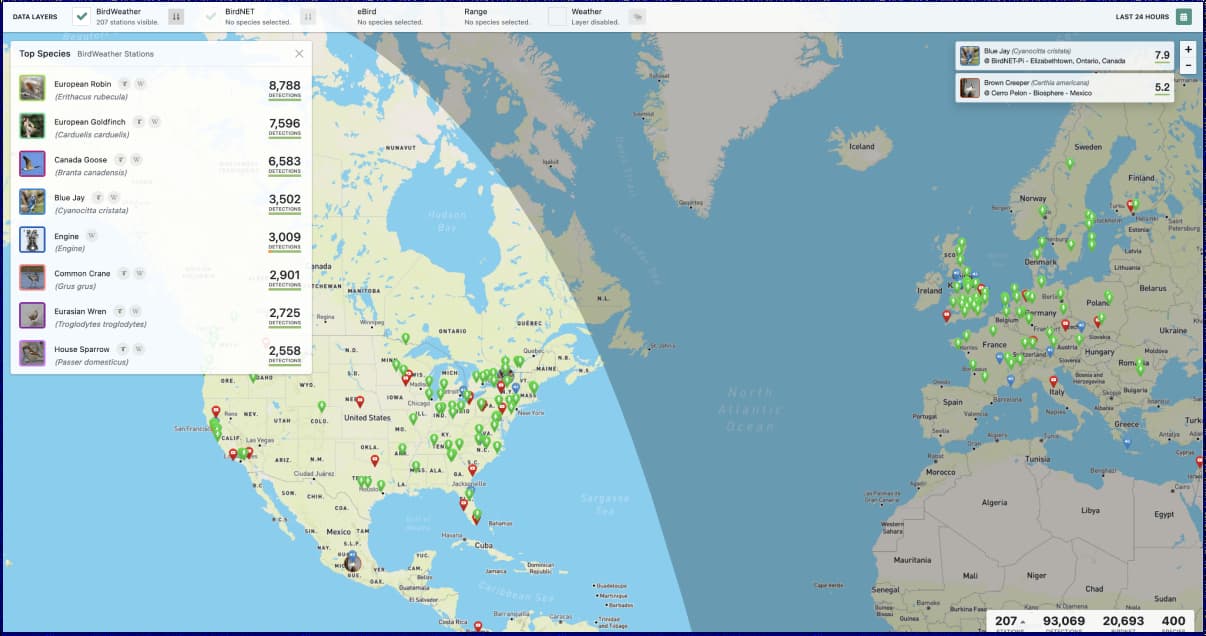I just came across a product from a US start-up called Haikubox (HAIKUBOX).
Apparently, they offer a hardware device (a “box”) which you can place in your yard (or wherever) and which is constantly recording bird sounds around the box (seemingly from quite some distance), identifying them and sending the information to you via an App. The identification also seems to work based on BirdNet. To function a WLAN connection is necessary.
Generally, that sounds comparable to PUC to me. However, I am not quite sure if PUC will offer the same features (such as a bird alert, information sharing from "your" box via the app, ...).
Does anyone of you already have a Haikubox and has any experience to share?
Apparently, they offer a hardware device (a “box”) which you can place in your yard (or wherever) and which is constantly recording bird sounds around the box (seemingly from quite some distance), identifying them and sending the information to you via an App. The identification also seems to work based on BirdNet. To function a WLAN connection is necessary.
Generally, that sounds comparable to PUC to me. However, I am not quite sure if PUC will offer the same features (such as a bird alert, information sharing from "your" box via the app, ...).
Does anyone of you already have a Haikubox and has any experience to share?







